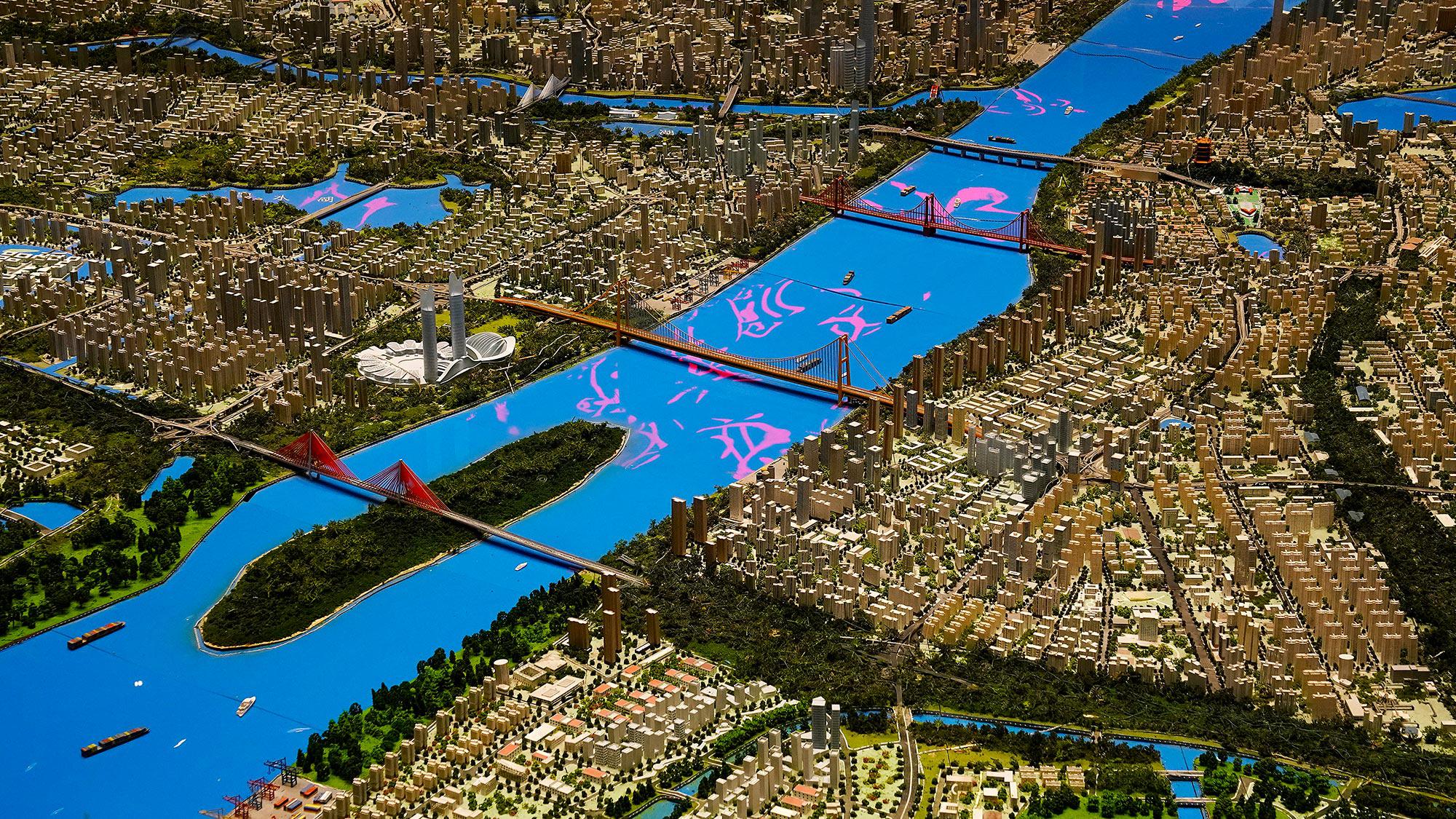Mapping Traffic Patterns Using Commuters’ Cell Phones

What’s the Latest Development?
Researchers at MIT and the University of California-Berkeley used cell phone records from 680,000 Boston-area commuters — each of which was traced from their point of origin to their destination — to develop a highly-detailed and easily-updatable map of urban traffic patterns. Drivers in San Francisco were tracked as well, and since the study only uses population density and road network information in addition to cell phone data, it can be applied to almost any urban area.
What’s the Big Idea?
One of the main purposes of the study was to identify sources of traffic congestion. In Boston the researchers learned that commuters from a relatively small number of neighborhoods were responsible for increasing congestion on key roads because they tended to use them more frequently. They also learned that 98 percent of Boston-area roads were often below capacity, and backups rippled out from the remaining two percent that were over capacity. While the study — which appeared in the journal Scientific Reports — doesn’t include suggestions for change, it can provide city transportation agencies with information on how to handle their resources more efficiently.
Photo Credit: Shutterstock.com




